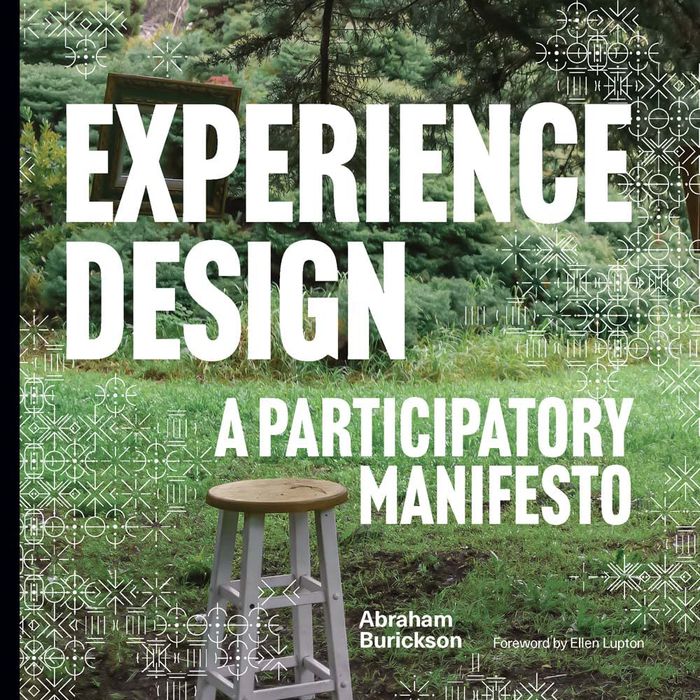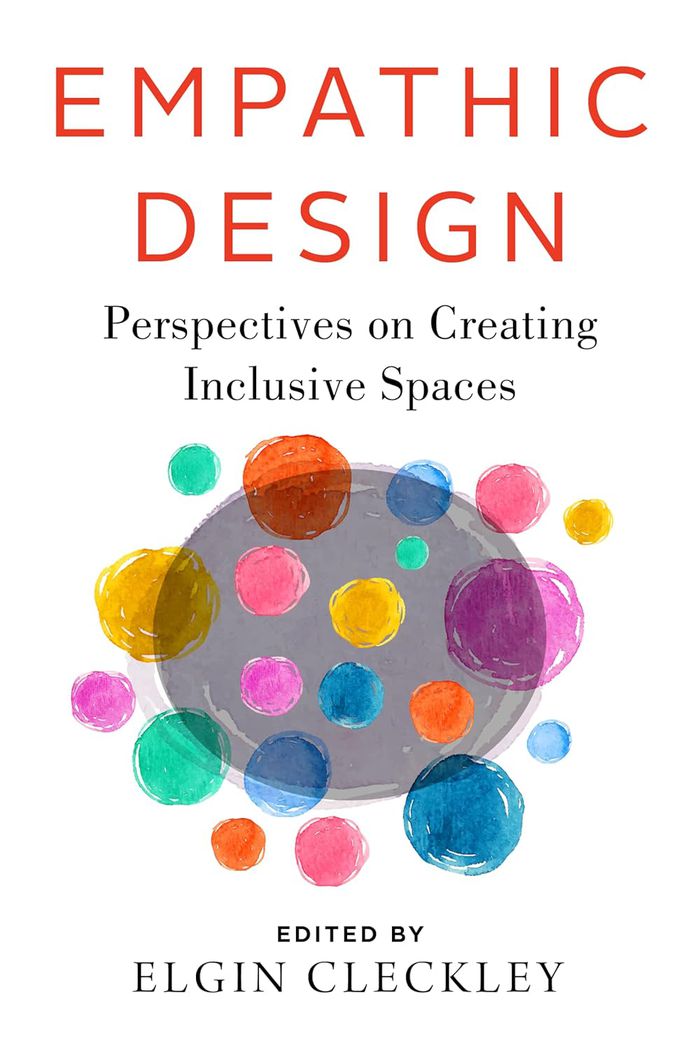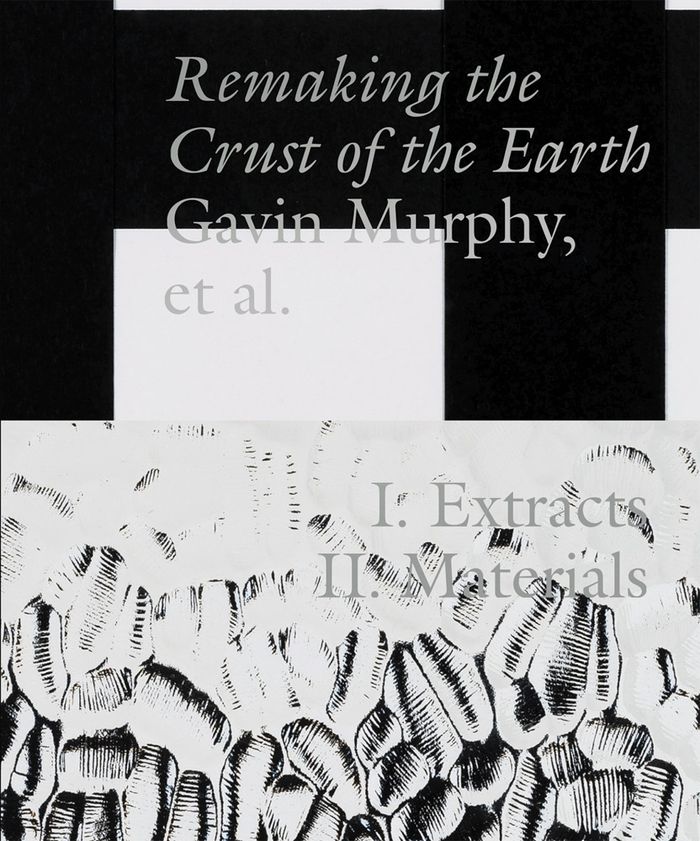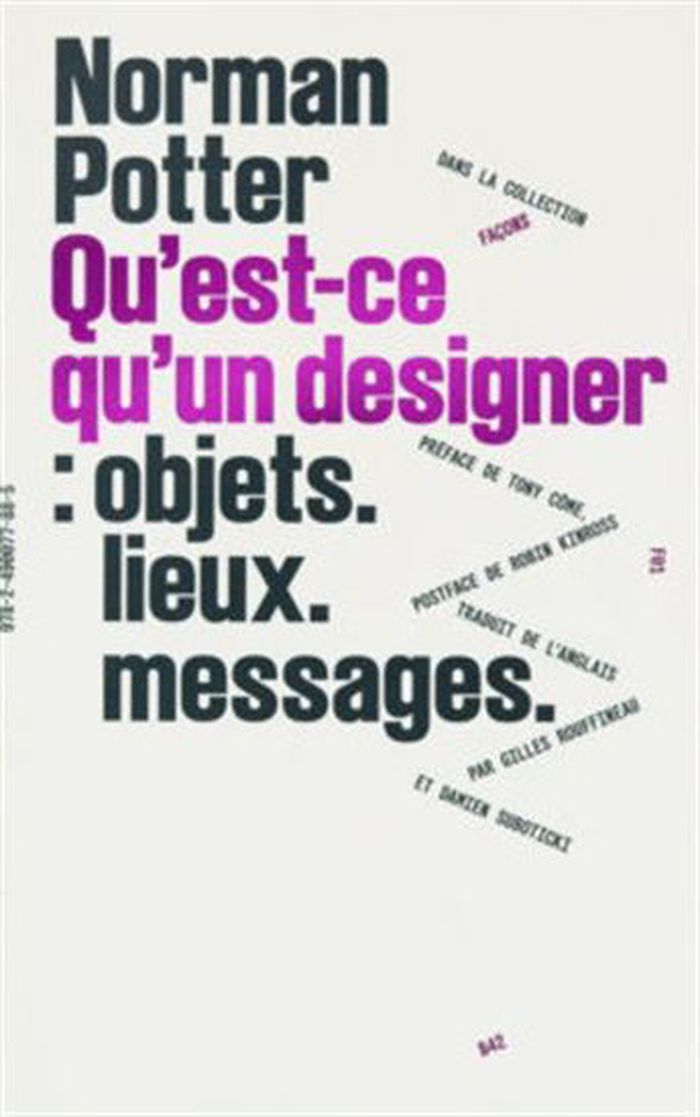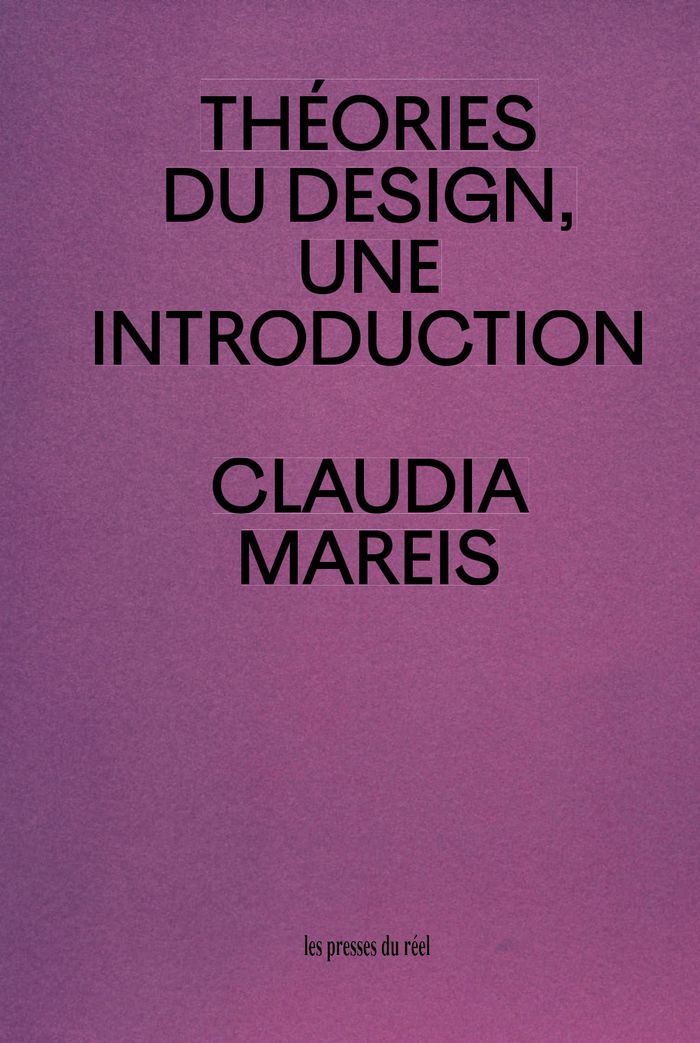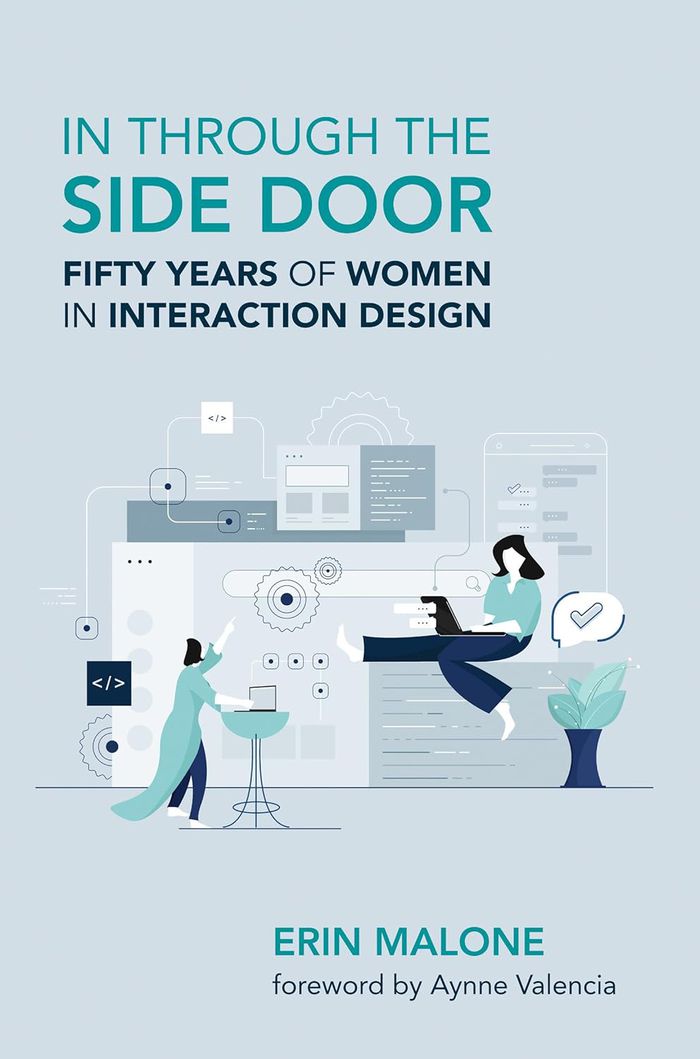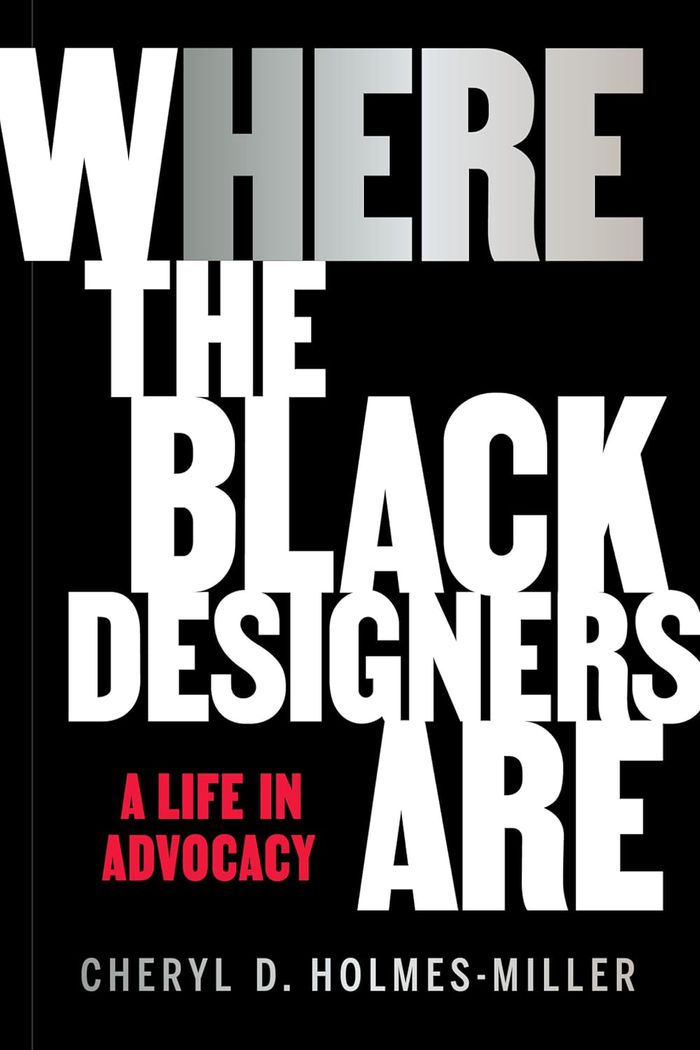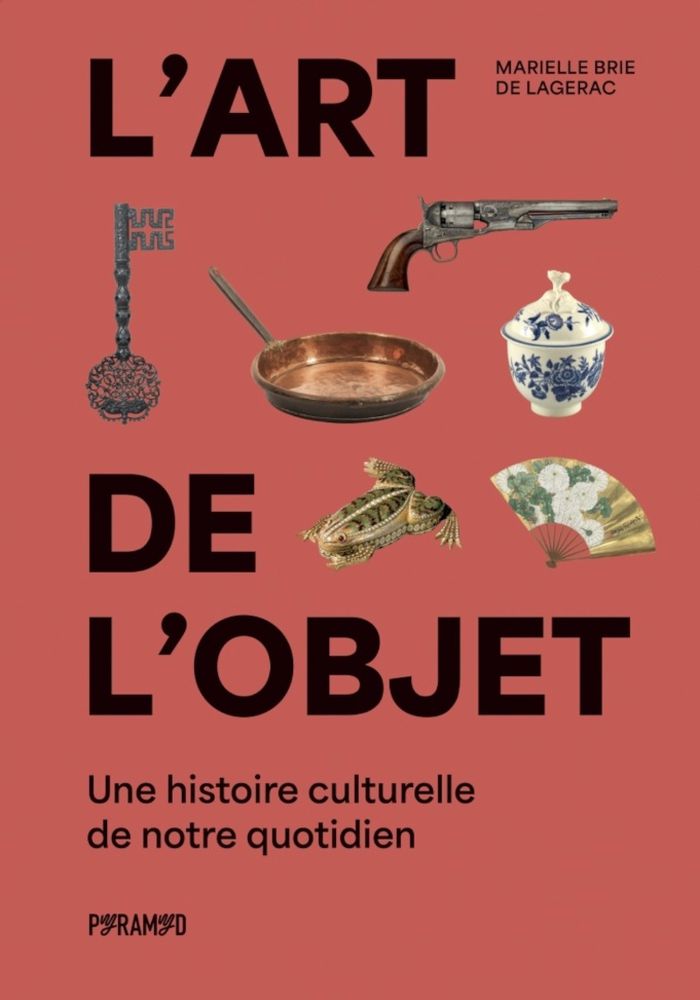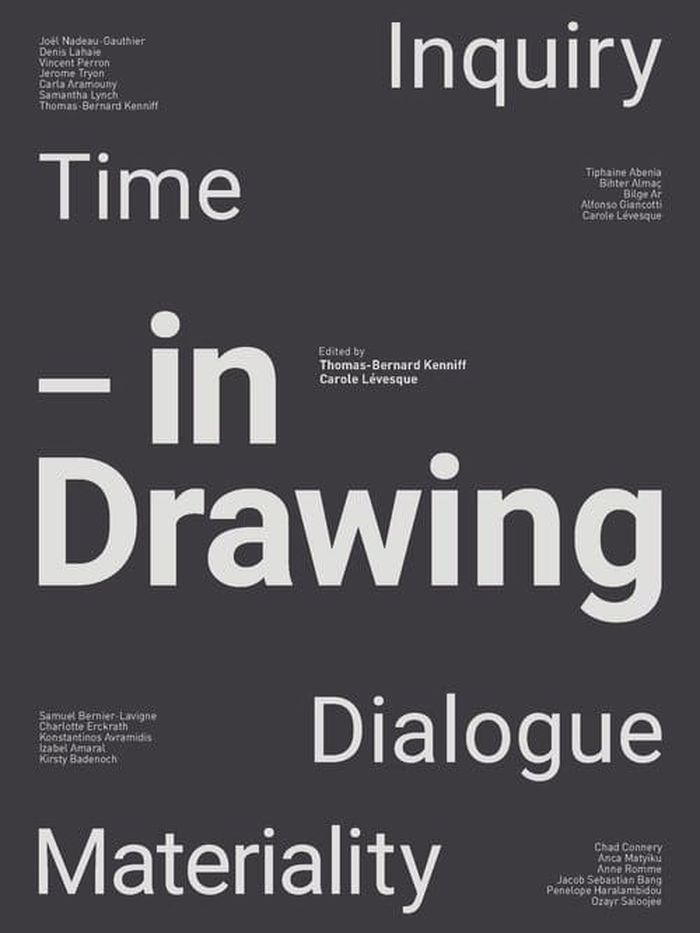$48.95
(available to order)
Summary:
What does it mean to design experiences? Traditional design practices invite us to design things, and to use those things to solve problems. But experience is not a problem; it is life. Experience designers engage with unpredictability and the unknown, partnering with their audiences to generate possibility and relationality. Experience designers create worlds, craft(...)
Design Theory
November 2023
Experience design: A participatory manifesto
Actions:
Price:
$48.95
(available to order)
Summary:
What does it mean to design experiences? Traditional design practices invite us to design things, and to use those things to solve problems. But experience is not a problem; it is life. Experience designers engage with unpredictability and the unknown, partnering with their audiences to generate possibility and relationality. Experience designers create worlds, craft narratives that leave the page and enter people’s lives, and structure transformation. In this book, Burickson lays out ten basic principles for this emerging practice. "Experience design: a participatory manifesto" invites the reader to stop making things and, instead, to craft the minutes and hours of human life. Rigorous and philosophical, the book guides the reader through the processes of empathic research; constructing worlds not just for fantasy fiction but in schools, communities, homes; and mastering the tools necessary to work coherently across disciplines to create new experiences. Whether you are a maker of immersive theater, an architect, a graphic designer, a community organizer, or just someone hoping to give a better gift, this book offers a vision of creating that is both new and as old as civilization.
Design Theory
$39.95
(available in store)
Summary:
How do you experience a public space? Do you feel safe? Seen? Represented? The response to these questions may differ based on factors including your race, age, ethnicity, or gender identity. In the architecture and design professions, decisions about the articulation of public spaces and who may be honored in them have often been made by white men. How do designers(...)
Empathic design: perspectives on creating inclusive spaces
Actions:
Price:
$39.95
(available in store)
Summary:
How do you experience a public space? Do you feel safe? Seen? Represented? The response to these questions may differ based on factors including your race, age, ethnicity, or gender identity. In the architecture and design professions, decisions about the articulation of public spaces and who may be honored in them have often been made by white men. How do designers rethink design processes to produce works that hold space for the diversity of people using them? In "Empathic design," designer and architecture professor Elgin Cleckley brings together leaders and visionary practitioners in architecture, urban design, planning, and design activism to help explore these questions. Cleckley explains that empathic designers need to approach design as iterative, changing, and shifting to say, "we see you", "we hear you". Part of an emerging design framework, empathic designers work with and in the communities affected. They acknowledge the full history of a place and approach the lived experience and memories of those in the community with respect. Early chapters explore broader conceptual approaches, proposing definitions of empathy in the context of design, disrupting colonial narratives, and making space for grief. Other chapters highlight specific design projects, including the Harriet Tubman Memorial in Newark, The Camp Barker Memorial in Washington, D.C., the Freedom Center in Oklahoma City, and the Charlottesville Memorial for Peace and Justice.
Design Theory
$24.95
(available to order)
Summary:
This layered, intertextual, cultural history examines humankind’s relationship with glass and the ways in which glass has transformed society and the constructed world. ''Remaking the crust of the earth'' considers glass in its myriad guises: from the modular prefabrication of Joseph Paxton's Crystal Palace to the utopian optimism of Paul Scheerbart's Glasarchitektur,(...)
Remaking the crust of the earth
Actions:
Price:
$24.95
(available to order)
Summary:
This layered, intertextual, cultural history examines humankind’s relationship with glass and the ways in which glass has transformed society and the constructed world. ''Remaking the crust of the earth'' considers glass in its myriad guises: from the modular prefabrication of Joseph Paxton's Crystal Palace to the utopian optimism of Paul Scheerbart's Glasarchitektur, both of which paved a way for modernism, the curtain wall and the 20th-century glass house. Traversing time and space, the book includes archival material (in particular the encyclopaedic 1937 publication Glass in Architecture and Decoration by Raymond McGrath and A.C. Frost); excerpts from the film ''Remaking the crust of the earth''; a series of restaged photographic glass tests conducted by Gavin Murphy and Louis Haugh; essays by Marysia Wieckiewicz-Carroll and Chris Fite-Wassilak; and reproductions from the Raymond McGrath collection in the Irish Architectural Archive.
Design Theory
$39.95
(available to order)
Summary:
Qu’est-ce qu’un designer, publié pour la première fois en français en 2011, est un livre qui s’adresse aux étudiants et aux professionnels des domaines de l’architecture et du design. Loin de se contenter d’un questionnement (ou d’une réponse) bien formulé, il énonce les conditions dans lesquelles l’activité de design constitue en elle-même une question ouverte, et dans(...)
Qu'est -ce qu'un designer : Objets. Lieux. Messages
Actions:
Price:
$39.95
(available to order)
Summary:
Qu’est-ce qu’un designer, publié pour la première fois en français en 2011, est un livre qui s’adresse aux étudiants et aux professionnels des domaines de l’architecture et du design. Loin de se contenter d’un questionnement (ou d’une réponse) bien formulé, il énonce les conditions dans lesquelles l’activité de design constitue en elle-même une question ouverte, et dans lesquelles les décisions de design – et les artefacts qu’elles produisent – sont tenus d’admettre une réponse sur le plan social. Bien que ce texte ait été écrit en 1969, la singularité du point de vue de l’auteur ainsi que son positionnement politique sont toujours aussi pertinents et en font un ouvrage de référence pour de nombreux professionnels. Cette réédition comprend la préface rédigée par Tony Côme à l’occasion de la précédente réédition (2018), qui revient sur le parcours de Norman Potter, tout à la fois menuisier, enseignant, designer, poète et militant anarchiste.
Design Theory
$47.00
(available in store)
Summary:
En introduisant les principales théories du design du XXe siècle, Claudia Mareis esquisse des approches et des modèles qui postulent une notion élargie du design, en connexion avec les sciences humaines et techniques, ainsi qu'avec les enjeux d'une société en mutation.
Théories du design, une introduction
Actions:
Price:
$47.00
(available in store)
Summary:
En introduisant les principales théories du design du XXe siècle, Claudia Mareis esquisse des approches et des modèles qui postulent une notion élargie du design, en connexion avec les sciences humaines et techniques, ainsi qu'avec les enjeux d'une société en mutation.
Design Theory
$21.95
(available in store)
Summary:
Air conditioning aspires to be unnoticed. Yet, by manipulating the air around us, it quietly conditions the baseline conditions of our physical, mental, and emotional experience. From offices and libraries to contemporary art museums and shopping malls, climate control systems shore up the fantasy of a comfortable, self-contained body that does not have to reckon with(...)
Air-conditioning: Object lessons
Actions:
Price:
$21.95
(available in store)
Summary:
Air conditioning aspires to be unnoticed. Yet, by manipulating the air around us, it quietly conditions the baseline conditions of our physical, mental, and emotional experience. From offices and libraries to contemporary art museums and shopping malls, climate control systems shore up the fantasy of a comfortable, self-contained body that does not have to reckon with temperature. At the same time that air conditioning makes temperature a non-issue in (some) people's daily lives, thermoception-or the sensory perception of temperature-is being carefully studied and exploited as a tool of marketing, social control, and labor management. Yet air conditioning isn't for everybody: its reliance on carbon fuels divides the world into habitable, climate-controlled bubbles and increasingly uninhabitable environments where AC is unavailable. Hsuan Hsu's "Air conditioning" explores questions about culture, ethics, ecology, and social justice raised by the history and uneven distribution of climate controlling technologies.
Design Theory
$60.00
(available to order)
Summary:
Framed against the backdrop of contemporary waves of feminism and the history of computing design, "In through the side door" foregrounds the stories of the women working in the field of computing and the emergent discipline of interaction design as the graphical user interface was developed. Erin Malone begins with a handful of pioneers who brought to the field various(...)
In through the side door: Fifty years of women in interactive design
Actions:
Price:
$60.00
(available to order)
Summary:
Framed against the backdrop of contemporary waves of feminism and the history of computing design, "In through the side door" foregrounds the stories of the women working in the field of computing and the emergent discipline of interaction design as the graphical user interface was developed. Erin Malone begins with a handful of pioneers who brought to the field various methods from a variety of backgrounds including design, technical communication, social psychology, ethnography, information science, and mechanical engineering. Moving into the early days of desktop computing, the book highlights the women on the teams inventing contemporary desktop computer interfaces and related tools, including those at Xerox PARC, Apple’s Human Interface Group, and Microsoft.
Design Theory
$41.50
(available in store)
Summary:
Cheryl D. Holmes-Miller is one of the design field's most respected figures. She is legendary for her decades of scholarship and activism and is known as a touchstone and conscience for the design profession. This long-awaited book documents the history of the question she has been asking for decades: "Where are the Black designers?" along with related questions that are(...)
Here: Where the black designers are
Actions:
Price:
$41.50
(available in store)
Summary:
Cheryl D. Holmes-Miller is one of the design field's most respected figures. She is legendary for her decades of scholarship and activism and is known as a touchstone and conscience for the design profession. This long-awaited book documents the history of the question she has been asking for decades: "Where are the Black designers?" along with related questions that are urgent to the design profession: Where did they originate? Where have they been? Why haven't they been represented in design histories and canons? Holmes-Miller traces her development as a designer and leader, beginning with her own family and its rich multiethnic history. She narrates her experiences as a design student at Rhode Island School of Design, Maryland Institute College of Art, and Pratt, leading up to her oft-cited Pratt thesis examining barriers to success for Black designers. Holmes-Miller describes the work of her eponymous studio for noted clients that included NASA, Time Inc., and the nascent Black Entertainment Television, as well as the story of her later critiques of the industry in the design press, most notably in Print magazine. Miller also recounts the parallel history of collective efforts by fellow scholars and advocates over the past fifty years to identify and celebrate Black designers.
Design Theory
$56.95
(available to order)
Summary:
Historienne de l’art passionnée et passionnante, éternelle curieuse, l’autrice de ce livre a compilé l’histoire de 50 objets du quotidien, ou plus insolites. Elle retrace ainsi l’origine, l’évolution et le symbolisme de chacune de ces créations humaines, de la carte à jouer au flacon de parfum, du godemichet aux œufs de Pâques. Au fil des pièces d’une maison que nous(...)
L'art de l'objet : Une histoire culturelle de notre quotidien
Actions:
Price:
$56.95
(available to order)
Summary:
Historienne de l’art passionnée et passionnante, éternelle curieuse, l’autrice de ce livre a compilé l’histoire de 50 objets du quotidien, ou plus insolites. Elle retrace ainsi l’origine, l’évolution et le symbolisme de chacune de ces créations humaines, de la carte à jouer au flacon de parfum, du godemichet aux œufs de Pâques. Au fil des pièces d’une maison que nous traversons quotidiennement, ce livre, à la maquette colorée et pop, propose des histoires culturelles d’objets avec lesquels nous cohabitons sans véritablement les connaître. Divisé en 10 chapitres qui sont autant d’espaces d’une maison imaginaire, et illustré par des photographies d’archives, des images contemporaines et des dessins inédits, ce livre ravira tous les amateurs de design, d’art, d’histoire et de récits en tout genre.
Design Theory
$68.00
(available in store)
Summary:
Drawing is a form of research, a means to investigate, explore and gain a better understanding of an idea, a condition or a phenomenon. Drawing is a practice of representation, one that inquires, explores materiality, and establishes its own time and dialogue. This book brings together 23 authors who represent 18 critical and reflexive practices of drawing in design. The(...)
—in drawing: Inquiry, time, dialogue, materiality
Actions:
Price:
$68.00
(available in store)
Summary:
Drawing is a form of research, a means to investigate, explore and gain a better understanding of an idea, a condition or a phenomenon. Drawing is a practice of representation, one that inquires, explores materiality, and establishes its own time and dialogue. This book brings together 23 authors who represent 18 critical and reflexive practices of drawing in design. The assembled texts engage drawing aesthetics (spatial, temporal, and material) and drawing ethics (investigating and making sense together) as well as four overarching themes: inquiry, time, dialogue and materiality —in drawing. Taken as a collective conversation on drawing practice, this book offers a shared reflection on the agency of drawing, on its potential to explore issues raised by our built and cultural environment, and on the ability of drawing to support and contribute to design research. It farmes drawing as a research practice, one that is both deeply rooted in its disciplinary context and openly challenging its limits and conventions. "—in drawing" adds to a continuing conversation on design research methods and the ethics and aesthetics of representation. It seeks to further establish the significance of drawing as a legitimate mode of inquiry across design disciplines and beyond.
Design Theory
